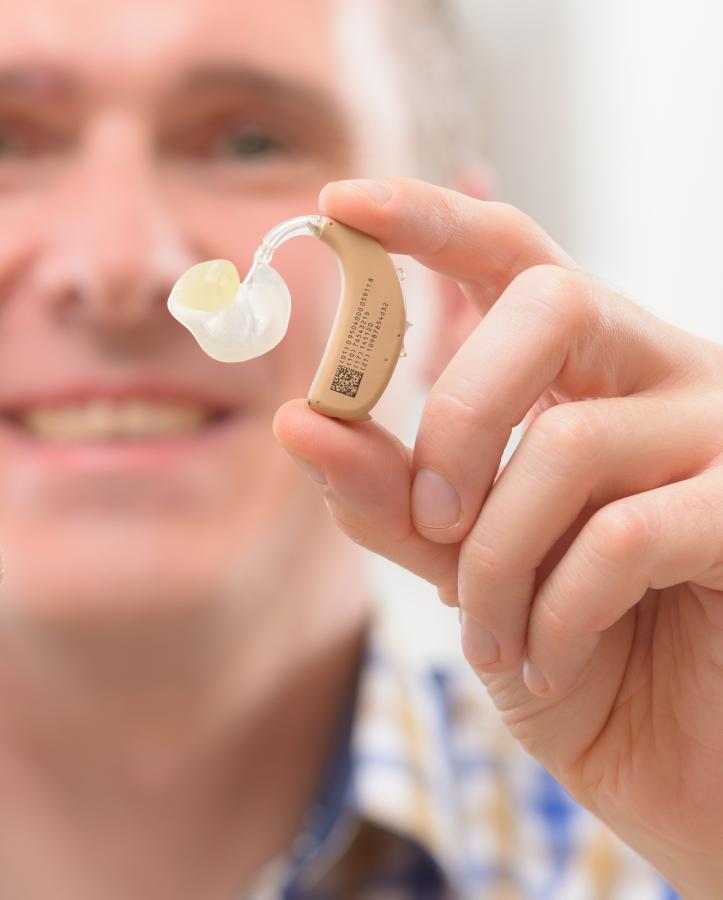Over the next four years, all medical devices will require a unique device identification (UDI) code registered in EUDAMED, the Central European Database for Medical Devices.
Incorporating a broad range of products, medical devices cover everything from bandages and personal protective equipment (PPE) to pacemakers and ventilators. The implications of counterfeit medical devices can also vary greatly, from not performing quite as intended to putting patients and healthcare staff at serious risk of harm.
To enable advanced traceability of individual products, Domino has now introduced a portfolio of coding solutions that can deliver reliable and accurate information, graphics as well as the latest 2D (two dimensional) Data Matrix and QR codes which have the potential to include detailed product information and up-to-date user guides in an accessible digital format.
Technologies include thermal inkjet printers for such items as facemasks, digital thermal transfer overprinters for flexible packaging, foils, films and labels on needles; and carbon dioxide laser coders for use on blister foil for disposable contact lenses. The company also has a range of fibre lasers for direct marking medical devices including hearing aids, implantable pacemakers and handheld surgical instruments.
Publication of EUDAMED regulations is expected by the end of 2024 and full use will be mandatory for all medical device manufacturers with staggered deadlines from 2026 to 2028. Initially, serialisation and identification of products down to the individual item level will only be a requirement for active implantable devices, such as pacemakers, ventilators and internal glucose monitors.
However Domino has emphasised the benefit to medical device manufacturers who choose to equip their production lines with technology to enable both EU MDR (European Union Medical Device Regulation) compliance and serialisation.
Bart Vansteenkiste, Global Life Sciences Sector Manager at Domino says: “The addition of serialisation via 2D codes for medical devices is only a small step beyond what is already required under existing EU MDR compliance – but one that can help to reduce the risk of counterfeit medical device products further and bring many untold benefits to both end-users and manufacturers.”
Caption
Hearing aid (image for illustrative purposes only and does not represent real code or application). Photo: Credit Domino.



